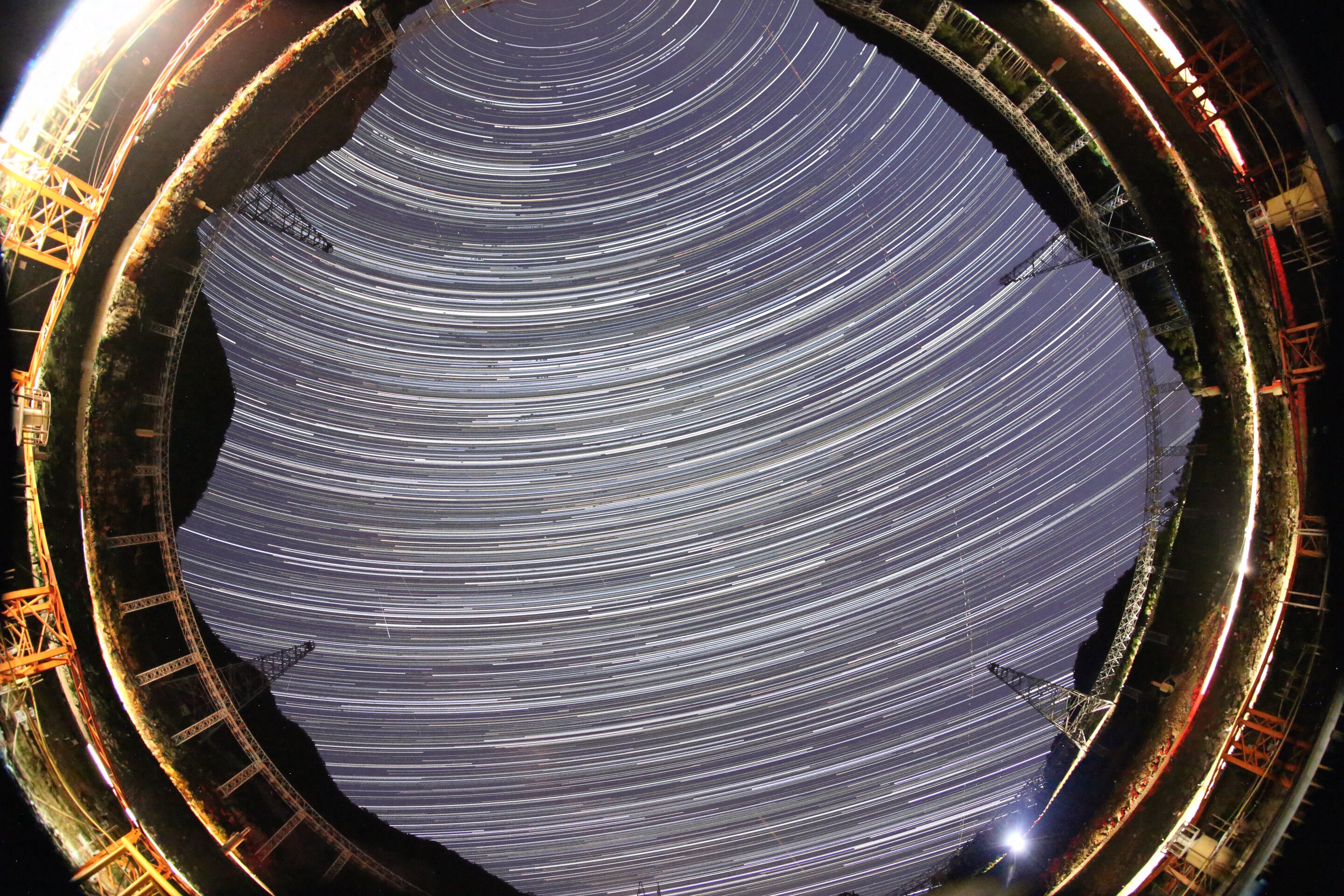A group of Chinese scientists has recently found key evidence for the existence of nanohertz gravitational waves, marking a new era in nanohertz gravitational wave research. The research was based on pulsar timing observations carried out with the Five-hundred-meter Aperture Spherical radio Telescope (FAST).



i believe that the western centric NANOGrav also saw something significant on this front
Yes, the western detectors are not as sensitive, so they have to use a longer timeline to find similar patterns in the data. The Chinese setup is so much better that they can corroborate the data with a timeline of only 41 months.
NANOGrav data set is over 15 years. So a rough estimate is that the Chinese setup is ~4x as sensitive.
I love Chinese astrophysics. Their high energy gamma ray array, LHAASO, is incredible.